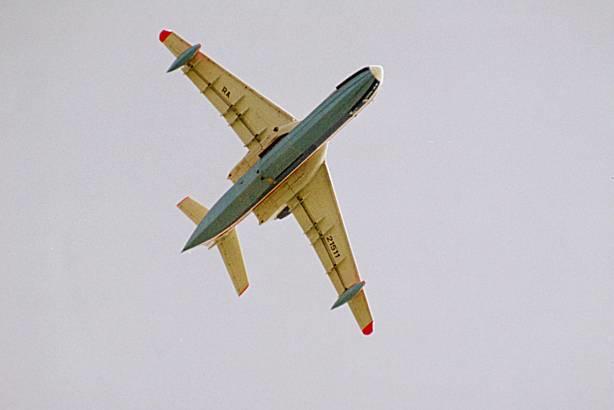A free template by Lucknowwebs.com for WYSIWYG WebBuilder 8
Powered by Sispro1-S
Nigel G Wilcox
Paragon Of Space Publication
© Copyright Reserved - United Kingdom
Ideal Screen Composition 1024 x 768
SITEMAP
SCIENCE RESEARCH
ABOUT
Desk
Supersonic
Stealth
MAIN INDEX
Sea-Air Planes
Be-200
The Beriev Be-200 Altair is a multipurpose amphibious aircraft designed by the Beriev Aircraft Company and manufactured by Irkut. Marketed as being designed for fire fighting, search and rescue, maritime patrol, cargo, and passenger transportation, it has a capacity of 12 tonnes of water, or up to 72 passengers.
Maximum speed: 700 km/h (434.96 mph) Range: 2,051 mi Maiden flight: 24 Sep 1998 Length: 104.99 ft Wingspan: 107.58 ft Cruising speed: 560 km/h (347.97 mph)
General characteristics
Crew: 2
Length: 32.0 m (105 ft 0 in)
Wingspan: 32.8 m (107 ft 7 in)
Height: 8.9 m (29 ft 2 in)
Wing area: 117.4 m² (1,264 ft²)
Empty weight: 27,600 kg (60,850 lb)
Max Take Off Weight (Land): 41,000 kg (90,390 lb)
Max Take Off Weight (Water): 37,900 kg (83,550 lb)
Max Capacity (Water or Retardant): 12,000 kg (26,450 lb)
Max Capacity (Cargo): 7,500 kg (16,530 lb)
Max Capacity (Passengers): 44 (Be-200ES) 72 (Be-210)
Powerplant: 2 × Progress D-436TP turbofans, 7,500 kgf (16,534 lbf) each
Performance
Maximum speed: 700 km/h (435 mph)
Cruise speed: 560 km/h (348 mph)
Economy speed: 550 km/h (342 mph)
Landing speed: 200 km/h (124 mph)
Takeoff speed: 220 km/h (137 mph)
Minimum speed (Flaps 38°): 157 km/h (98 mph)
Range: 2,100 km (1,305 mi)
Ferry range (One Hour Reserve): 3,300 km (2,051 mi)
Service ceiling: 8,000 m (26,246 ft)
Rate of climb: 13 m/s (2,600 ft/min) (At Sea Level and MTOW-Flaps 20°)
Rate of climb: 17 m/s (3,350 ft/min) (At Sea Level and MTOW-Flaps 0°)
Avionics
ARIA 200-M integrated avionics system.
Role: Multirole amphibian
National origin: Russia
Manufacturer: Irkut
Designer: Beriev
First flight: 24 September 1998
Introduction: 2003
Status: Operational / In production
Primary user: EMERCOM
Number built: 10
Developed from: Beriev A-40

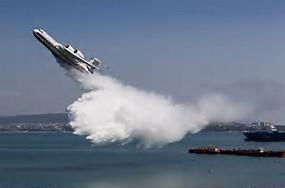
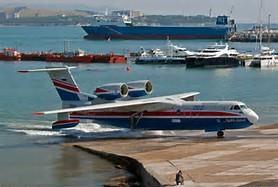
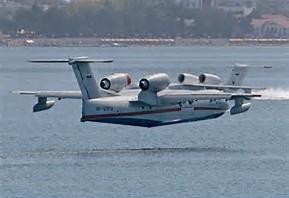
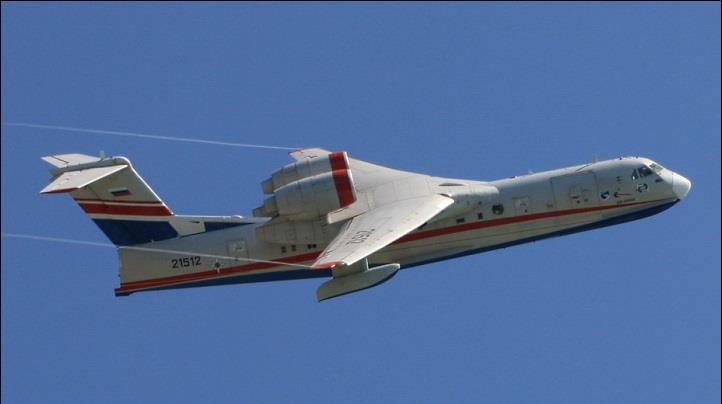
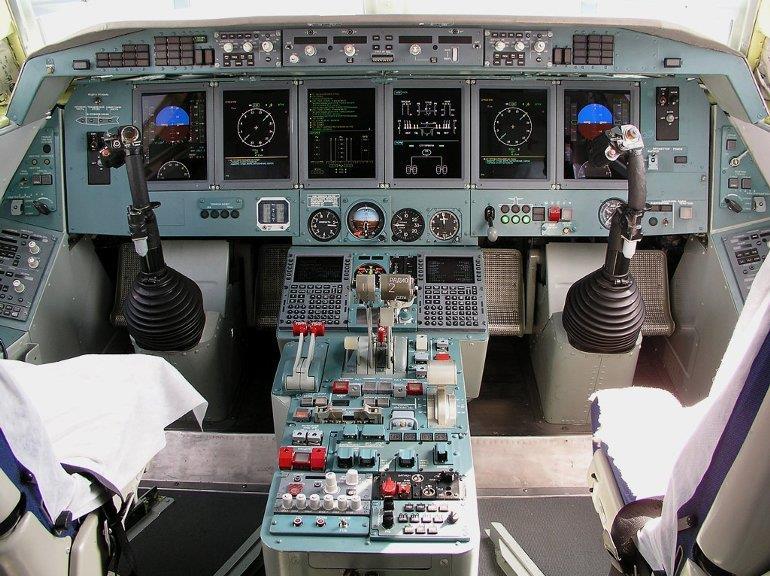

The Beriev Be200 jet powered multirole amphibian is based on the larger military A40 Albatross. Beriev has extensive experience in building large amphibious aircraft. The turboprop ASW Be12 Tchaika was built in fairly large numbers from the mid 1960s (approx 150) for the Soviet navy. The Be42 Albatross jet meanwhile (which has the NATO reporting name `Mermaid') first flew in prototype form in December 1986 and is being developed for the Russian navy for maritime surveillance and ASW. The Be200 is based on the Be42 and it uses many of the design features and technologies developed for the Be42, but is smaller overall and designed for civil roles, in particular firefighting. Aerodynamically the Be200 is very similar to its larger forebear, with the same overall proportions. The all metal hull design is based on the Be42's, and the Be200 has a mildly swept wing with winglets, above fuselage mounted turbofan engines and a swept Ttail. The airframe is strengthened to cope with the demands of water operations and firebombing and there is some use of advanced aluminium lithium alloys. The two crew flightdeck features an ARIA2000 EFIS avionics suite (ARIA is a collaboration between the Russian avionics research institute and AlliedSignal). The ARIA2000 suite includes specialist firefighting functions including an automatic glidescope and water source/drop zone memorisation. Design work on the Be-200 began in 1989. It is being developed by Betair, a collaboration between Beriev and Irkutsk in central Russia where the aircraft will be built, Swiss company ILTA Trade Finance, which is providing marketing and financing support, and other partners. The Be200 is being built to meet western certification requirements. After a number of delays the first flight took place on September 24 1998 from Irkutsk Aviation Production Organisation's airfield in Irktusk, Siberia.
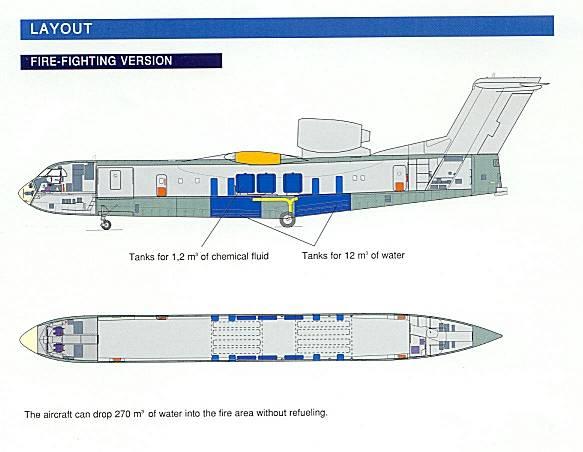
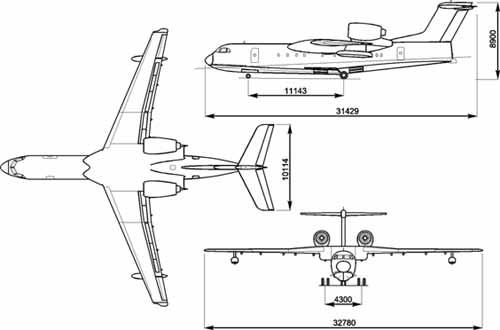
The Be-200 is a much smaller aircraft than the A-40 Albatros and is designed to fulfil a number of roles - Firefighting, Search and Rescue, Passenger Transport, Ambulance, etc. The cabin is pressurised and the aircraft has been designed to FAR-25 requirements which will allow it to be certificated to FAA & JAA standards. It is powered by two 7,500kgf thrust D-436T turbofans
S'sonic
Stealth
Menu
Space
Transport
Menu
Topic
Menu
Study
Menu












